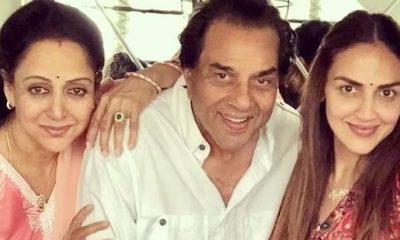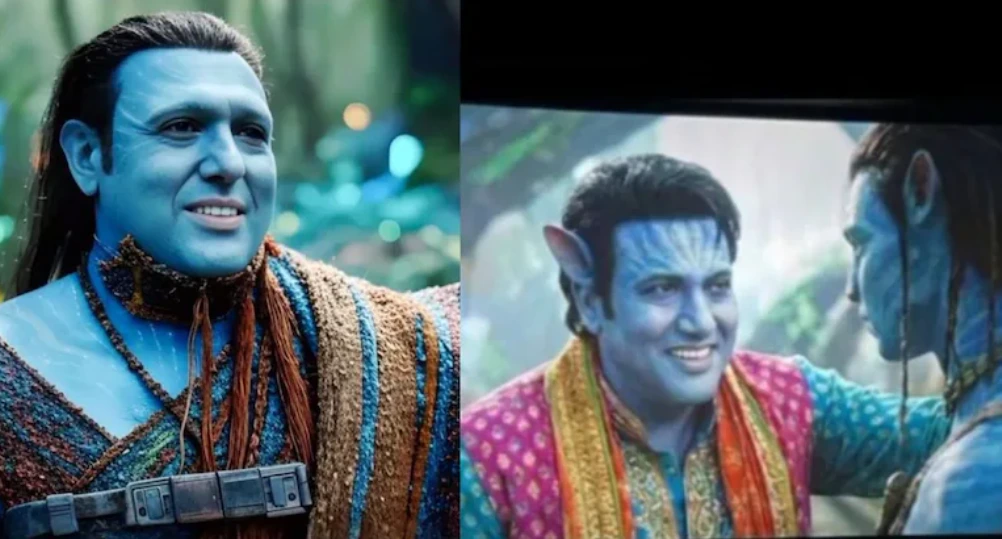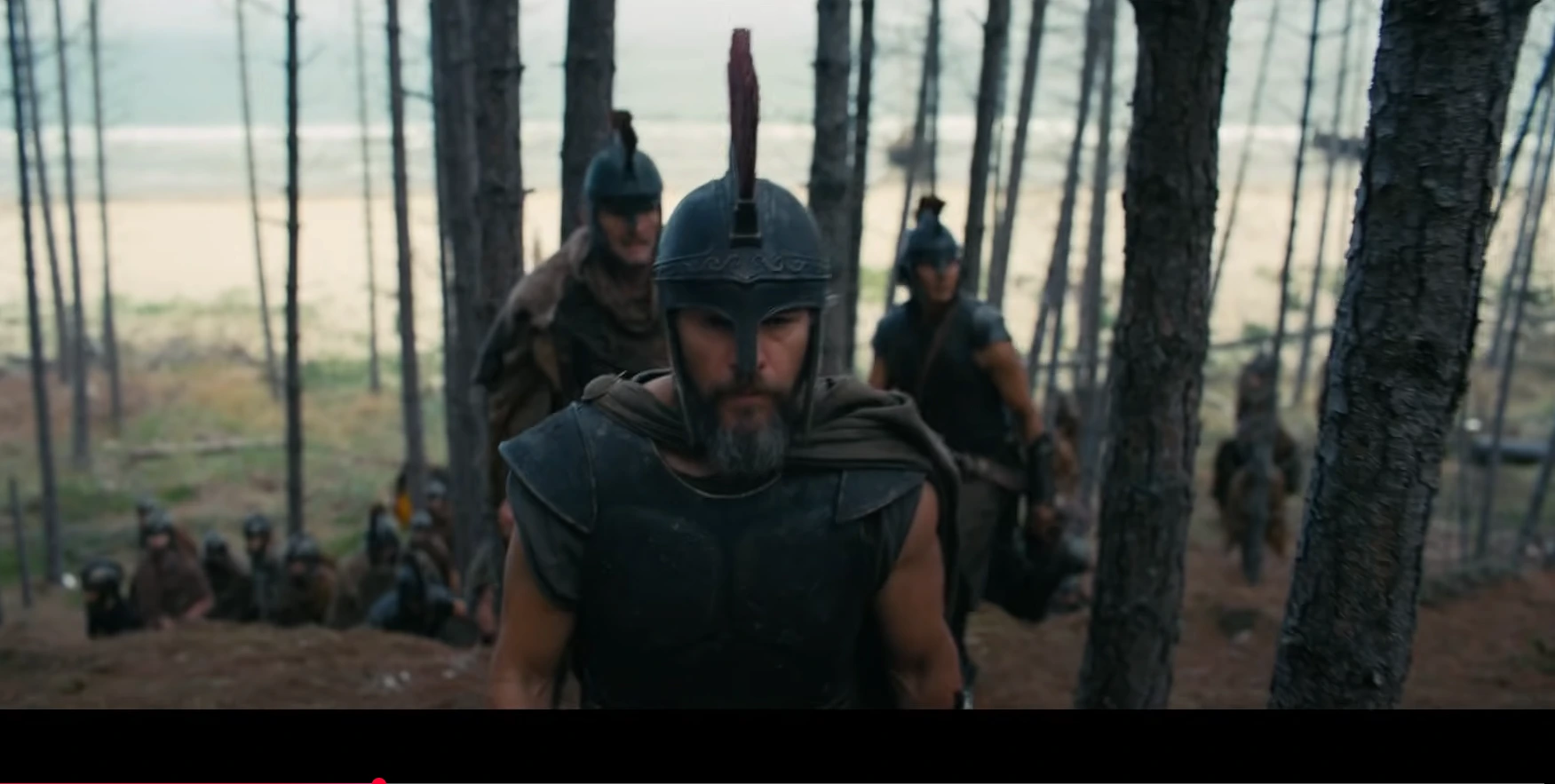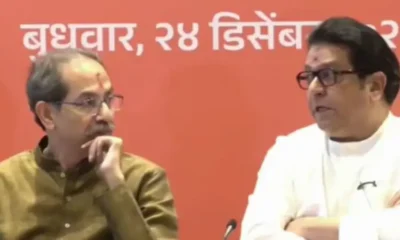Entertainment
Kannada film director SK Bhagavan dies, CM Bommai offers condolences
He was admitted to the Jayadeva Hospital in Bengaluru due to an age-related illness.

Entertainment
Govinda’s Avatar: Fire and Ash cameo clips go viral, truth behind the AI-generated videos
AI-generated videos claiming Govinda’s cameo in Avatar: Fire and Ash have gone viral, but the actor does not appear in the film.
Entertainment
The Odyssey trailer: Christopher Nolan unveils first look of epic journey led by Matt Damon
Christopher Nolan has released the first trailer of The Odyssey, offering a glimpse into Matt Damon’s epic journey home after the Trojan War.
Entertainment
Dhurandhar box office day 17: Ranveer Singh film crosses Rs 555 crore, enters all-time top 10
Dhurandhar crosses Rs 555 crore at the Indian box office on day 17, overtaking Animal and entering the all-time top 10 films list.
-

 India News23 hours ago
India News23 hours agoProtests outside Bangladesh High Commission in Delhi over lynching of Hindu youth in Bangladesh
-

 India News20 hours ago
India News20 hours agoBJP raises seat offer to Eknath Shinde’s Shiv Sena to nearly 90 ahead of Mumbai civic polls, talks continue
-

 India News21 hours ago
India News21 hours agoEveryone has their demands: Robert Vadra responds to calls for Priyanka Gandhi as PM candidate
-
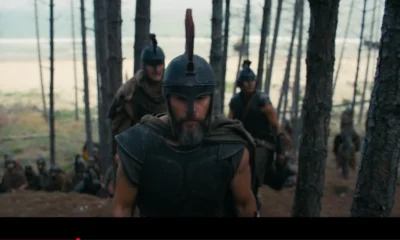
 Entertainment20 hours ago
Entertainment20 hours agoThe Odyssey trailer: Christopher Nolan unveils first look of epic journey led by Matt Damon
-

 Entertainment20 hours ago
Entertainment20 hours agoGovinda’s Avatar: Fire and Ash cameo clips go viral, truth behind the AI-generated videos
-

 India News23 hours ago
India News23 hours agoJ&K cabinet clears residential plot allotment for flood-affected families
-

 India News5 hours ago
India News5 hours agoIndia’s LVM3 Baahubali rocket launches heaviest satellite ever from Indian soil
-

 Latest world news5 hours ago
Latest world news5 hours agoBangladesh student leader killing sparks allegation against Yunus-led interim government over February polls

